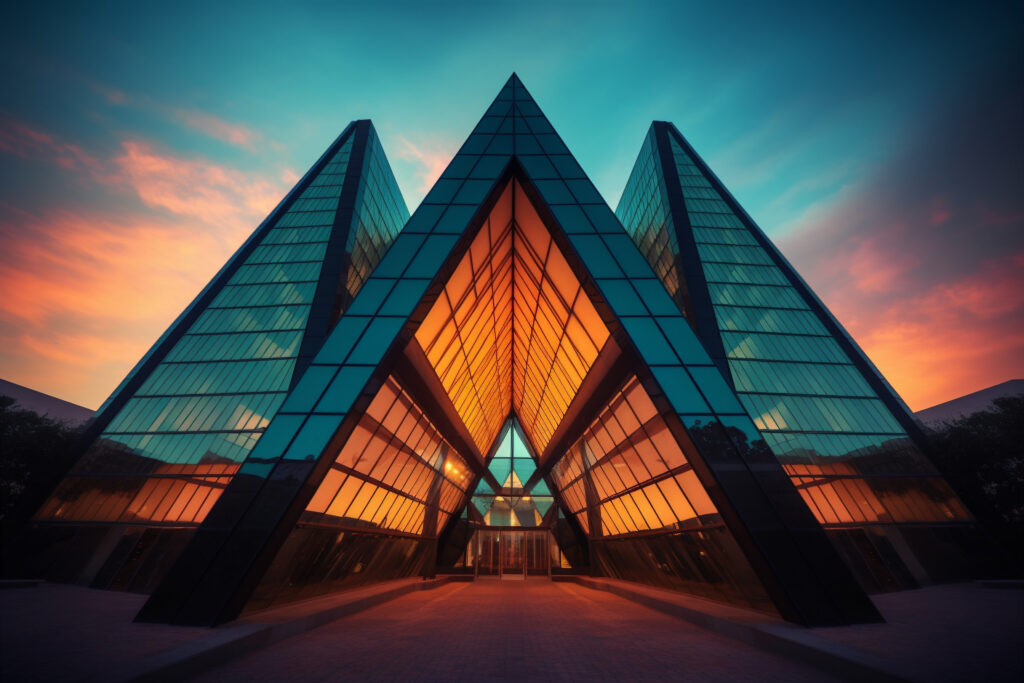
Created using generative AI
In the ever-evolving world of architecture, innovation continues to race forward, as does the way we design and construct buildings. One of the most exciting and promising innovations of recent years is integrating artificial intelligence (AI) into architectural processes.
From generating design ideas to enhancing visualization, AI has the potential to revolutionize the industry. In this article, we’ll delve into the current AI tools being used in architecture, their impact on the field, potential pitfalls, and how we can prepare for this transformative technology.
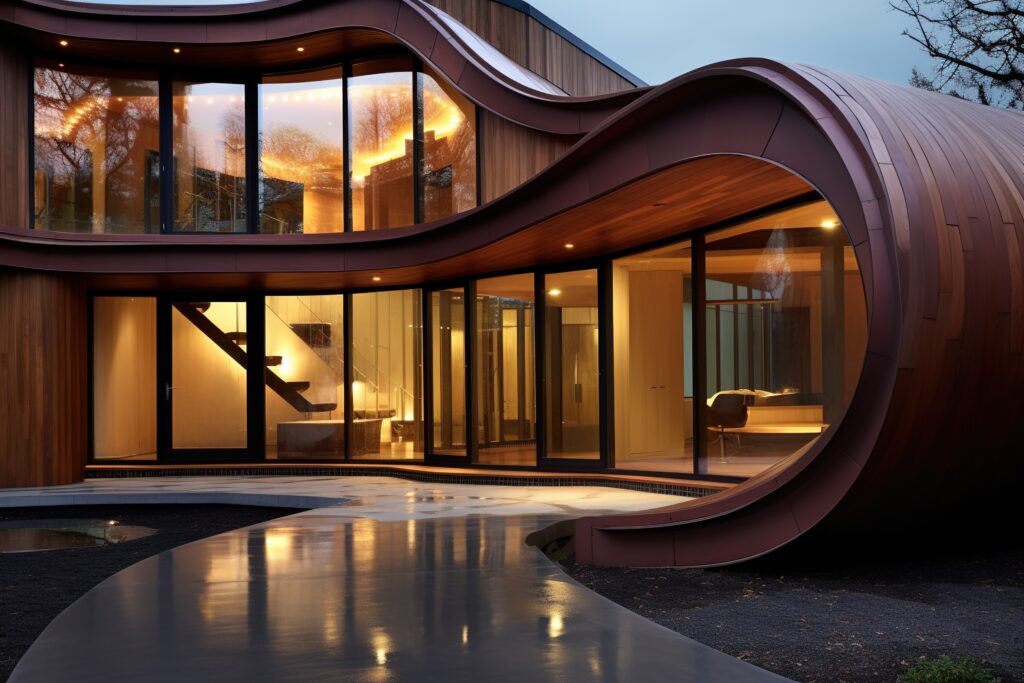
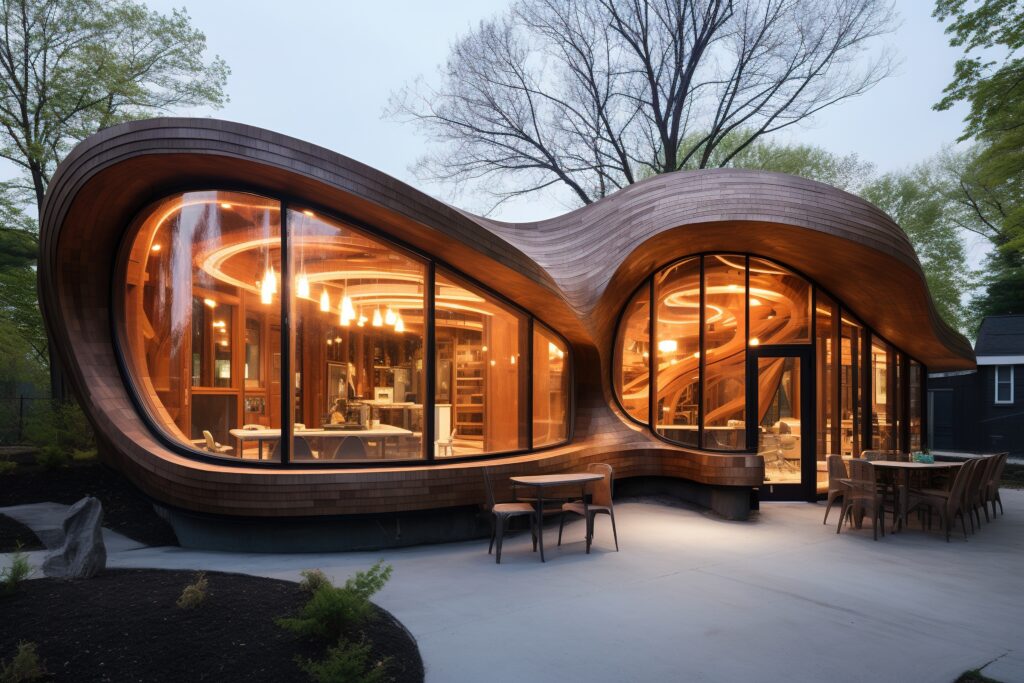
Created using generative AI
What is AI?
AI, at its core, is the application of data for machine learning and decision-making. And one thing the architectural, engineering, and interior design (AEI) industry provides an abundance of, is data. Whether it’s analyzing construction-site safety, building performance, or product specifications, the opportunities to collect and utilize data are vast. Every project becomes an opportunity to gather insights and inform future projects, or even train architectural AI.

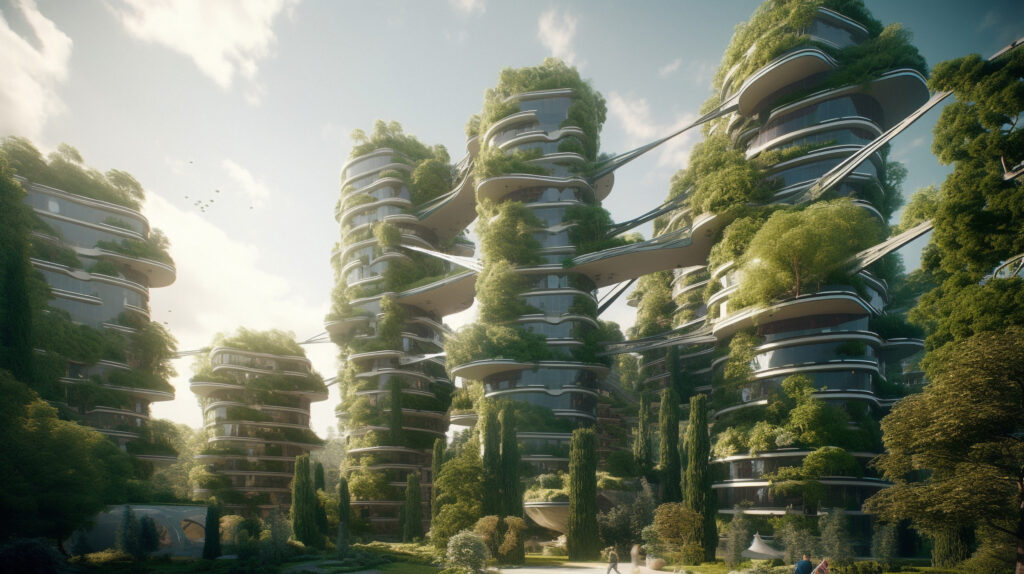


Created using text-to-image software, Midjourney
Current AI Tools in Architecture
One of the remarkable applications of AI in architecture is text-to-image software. Tools like Midjourney, DALL-E, and Stable Diffusion allow architects to generate visual representations based on text prompts. These tools can visualize concepts quickly, aiding in design idea generation and facilitating graphic communication with clients in real-time. While these tools are valuable for concept generation, architects still emphasize the need for human touch in translating these concepts into real-world constructable designs.


In addition to text-to-image models, there are also developing methods that combine generative images with an initial sketch. This type of “sketch-to-render” software allows architects to place ‘fixed’ image subjects and compositions with AI images to make for controlled prompts that can then be iterated on top of.
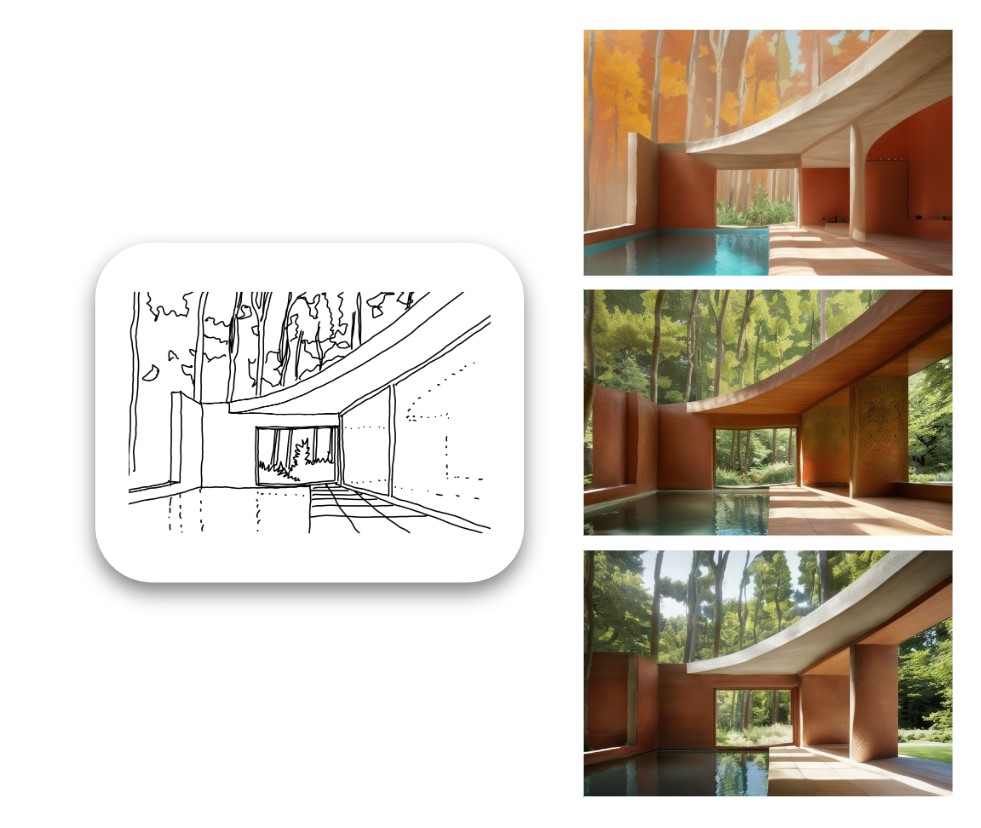
AI in architecture is currently in an intermediate stage of development, but further leaps and bounds are to be expected with such powerful tools as these already available on the market.


AI can also be used for interior design purposes. created using generative ai.
Impact on Architecture and Design
The integration of AI software into architecture holds immense potential. It could streamline labor-intensive tasks, optimize designs through quick iterations, and create more efficient spaces. However, the question arises: Is AI a mere tool to enhance efficiency or a game-changer in the creative process? How will architects roles evolve?
Experts agree that AI won’t replace architects; rather, it will act as an accelerator, handling the data-driven or repetitive tasks that computers excel at. When BIM, CAD, and computer-aided design were introduced to the AEI industry they worked in much the same way. Now they are an integral part of an architect’s everyday toolbox.
The human element is essential to understand the complexities of human experience that go into creating functional, livable environments. AI can also enhance the communication between architects and clients, presenting vivid imagery that helps clients visualize design ideas from the earliest stages.
Hickok Cole project architect Jack Lynch described it: “When computer design started in the 1960s and ’70s there was a fear that the craftsmanship of the architect or the pen-to-the-paper that really led to true inspiration was going to be gone, but we had a huge renaissance of different architecture styles that came about,” he said. “I think we’re going to see that again. It’s putting design into a different user’s hands, and that doesn’t mean that architecture is at risk, it means that it’s going to be viewed a bit differently, and there are going to be people who come in and start to play around with it.”
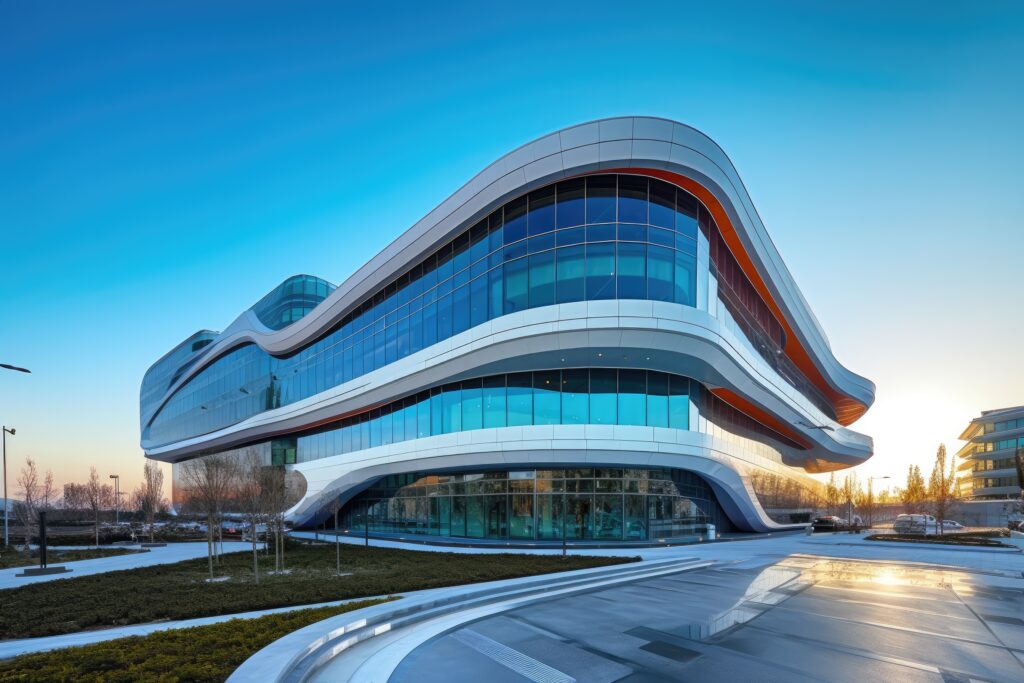
created using generative ai
Challenges and Considerations
While AI presents many exciting opportunities, it also comes with challenges. Concerns about bias, plagiarism, intellectual property rights, data privacy/security, and integration with existing systems must be addressed. Because of AI’s rapid pace, standardized regulations and guidelines have not had a chance to catch up.
Additionally, AI can only create based on existing data, and since AI is such a new tool it is only drawing on buildings that already exist and that the code has been trained on. Chat GPT for example, can currently only use information from before 2021, as its training data only goes up until that date. This means that due to its evolving nature and current flaws, architects should view AI as a tool that enhances their work, rather than a complete replacement.


examples of surreal architectural renderings. created using generative ai
When and How to Use AI in Projects
AI is best employed for tasks that benefit from rapid iteration or creative inspiration. On the creative side, it can aid in capturing visions quickly, iterating design ideas, or generating mood boards for inspiration. In terms of efficiency, architects and designers can leverage AI to automate repetitive tasks, rapidly resolve issues, and quickly find or sort data.
Similar to architectural sketches, AI-generated images are often colorful and dreamlike, but not necessarily actionable. AI’s strength lies in producing intricately detailed images and tackling practical problems through computation. It requires users to curate these AI-generated options, then refine the choices based on their expertise and human touch.
Architect Drew Martin and the Director of Design Visualization at Strang shared similar opinions. To him coming up with creative design concepts is the most fun part of the design process, not something he would want to hand over to AI. Instead, he would use it to supplement a project, helping to streamline the process as well as communicate with clients. This leaves him with more time to focus on the creative and human-centric aspects of design.
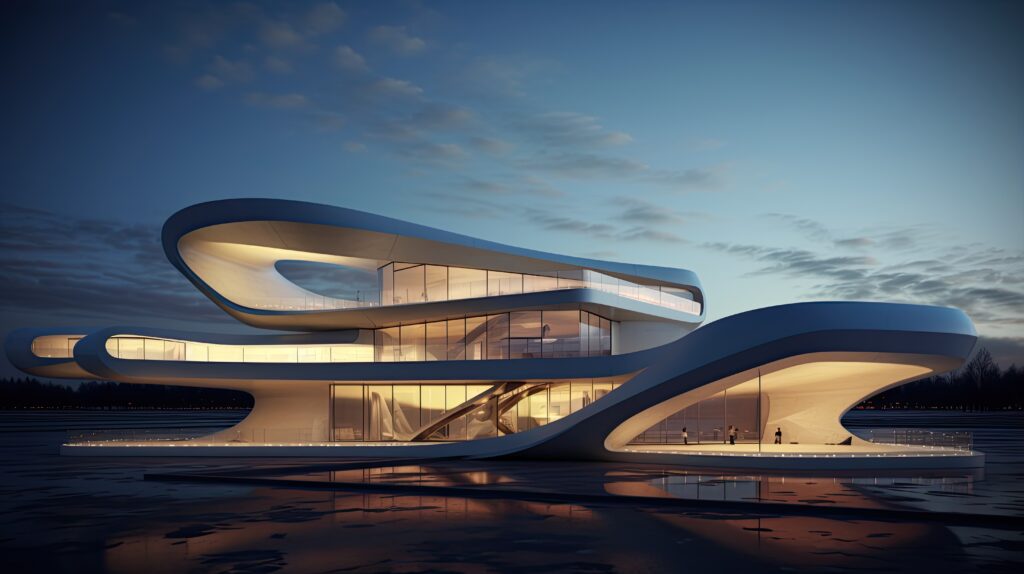
created using generative ai
Preparing for the Future of AI
To prepare for the inevitable integration of AI in architecture; education, policy development, and skillset enhancement are essential. Designers should embrace AI as a tool for innovation and profitability, now, before they fall behind. By cultivating curiosity and giving emerging professionals the confidence to use these tools, the architecture field can start to adapt to the rapidly changing landscape.
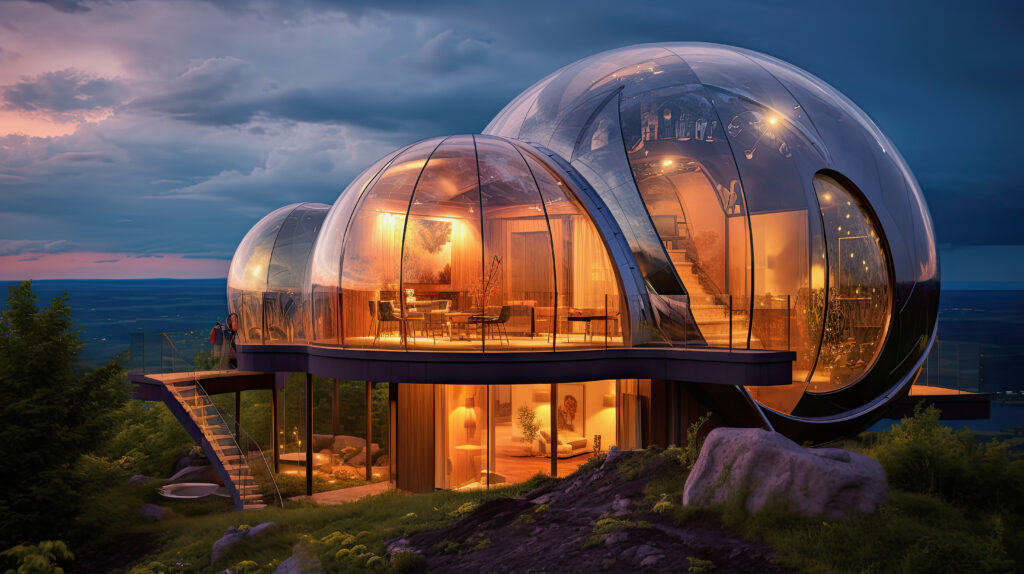
created using generative ai
In conclusion, AI is poised to reshape the landscape of architecture, from design ideation to visualization. But as AI becomes more pervasive, architects must remember that the human element remains essential. AI can enhance efficiency and creativity, but the unique perspective and understanding architects bring to the table are irreplaceable. While challenges exist, human creativity plus AI’s capabilities hold immense promise for the future of the field.





